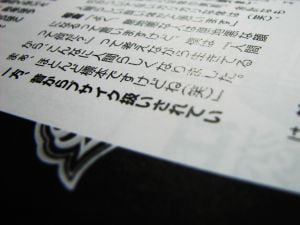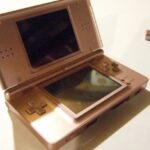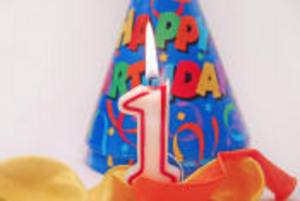One thing that makes the Japanese language hard to learn is the Japanese alphabet. Actually, it’s alphabets. Japan has two distinctive alphabets (or rather syllabaries) plus the logograms based on Chinese characters. The Japanese written word is made up of hiragana, katakana, and kanji. If you are starting out learning the Japanese language, you may be wondering which Japanese alphabet you should focus on.
Hiragana consists of forty-six basic symbols. It has five vowels, one consonant (n/m), and the rest consist of a consonant vowel combination (such as ka or mi). Hiragana is used to write words of Japanese origins and Japanese names that do not have a kanji.
Hiragana is the first writing system that is taught to Japanese children. It should be your last. Although knowing hiragana is vital to being able to read Japanese sentences, it is best for people who already have a Japanese vocabulary. Sounding out the words in hiragana will not help you unless you know what that word is. If you have a Japanese to English dictionary, you will be able to look up words in hiragana even if you cannot read hiragana. Learn katakana, some kanji, and develop a Japanese vocabulary before you tackle hiragana.
Katakana is hiragana’s counterpart. It has a symbol for the same sounds as hiragana. Some katakana looks similar to its hiragana alternative, but not all do. Additionally, while hiragana is a curved writing system, katakana has a more straight and angular look. Katakana is used to write loan words, foreign names, and foreign places. While knowledge of hiragana won’t help you on a trip to Japan if you don’t speak Japanese, being able to sound out katakana can be quite useful.
Several food items are written in katakana. When sounding it out from katakana, you would have “ju-su” for juice and “bi-ru” for beer. Although loan words can be helpful, not all words written in katakana will have meaning to an English speaker. The katakana word “supaa” is a supermarket. “Pan” is not taken from English so it does not mean frying pan but instead bread. Learn katakana and study some common loan words if you are taking a trip to Japan.
If you are going to Japan, kanji is perhaps the most important written system to become familiar with. Don’t expect to master it right away though. There are 1,945 kanji for everyday use. If you want to read a newspaper in Japanese, you’ll first have to learn 2,000 to 3,000 kanji. Kanji is based on the Chinese written language and each kanji has a meaning. Important words such as man or woman are written in kanji, as are Japanese place names and Japanese last names.
Take the time to learn the most important kanji. This way you’ll know which restroom to use and which train ticket to purchase. In the bigger cities that are accustomed to tourists these words may often be written in English as well, but if you plan to get off the beaten track basic kanji is essential.
Don’t be overwhelmed by the Japanese alphabets. Instead, focus on what you’ll need to know first. Mastering katakana and the most basic of the kanji are the most helpful if you plan on taking a trip to Japan, but after you accomplish that you should move on to hiragana and the more advanced kanji.



